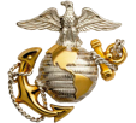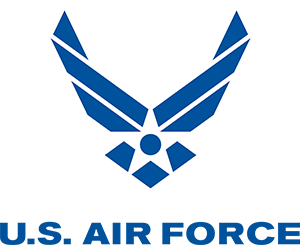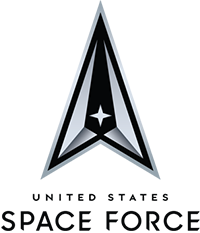
"Joining the Military opens up other opportunities that you didn’t even know existed."
James Hornef
Lieutenant | Navy
I had researched the Military as a high school student and decided to revisit it. I went into a recruiting office, sat down and said, “I’m looking for a career path. I’m looking for some technical training. I’m looking for something I can use on the outside,” and the Navy recruiter mentioned the nuclear engineering program. It was a great program with a lot of education and training — and the signing bonus at that time was pretty good, too. So, at 21 years old, I enlisted with the Navy.
Going Nuclear
I started in Orlando, Fla. The entire training pipeline was about 18 months, and it was a little bit of everything. Once I completed that, I went to the USS Columbia, which was a new construction submarine in Groton, Conn. As a nuclear operator, my job was to help build, test and accept the systems to provide electrical power and make the ship go. Once it was complete, I took her to sea as part of the crew.
After five years on the submarine, I started working at the Naval Nuclear Power Training Command as an instructor teaching nuclear-operator students. Right about that time is when I applied for the Limited Duty Officer program. When I’d initially joined the Military, the idea would be that I’d come in, serve my enlistment and leave. But as it turned out, the Military was a pretty good fit, and I enjoyed the opportunities within the Navy. So, I decided to expand my horizons by taking a direct commission. I became an officer in April 2001.
After teaching students, I went to work on a submarine stationed in Italy. My wife and children came to Italy, too. I spent about two years there. I was responsible for supporting nuclear repairs on deployed submarines to the Mediterranean. From Italy, I was then stationed at a submarine squadron in San Diego, Calif., for three years, where I was responsible for the maintenance and operation of San Diego-based submarines. My job there, primarily, was scheduling preventative- and corrective-maintenance to the submarines.
Open to What You Don’t Know
From San Diego, I was relocated to Pearl Harbor, Hawaii, and reunited with the first submarine I ever worked on, the USS Columbia. She was going through a major overhaul. So, my job this time, with my maintenance background, was to come and fix her (Navy ships are built, and then a certain amount of years later they’re scheduled for an overhaul). I finished up on the USS Columbia and am currently still in Hawaii on shore duty. I work for the commander of submarines and am responsible for the maintenance operation of all Pacific Fleet submarines — between 34 to 45 subs.
There is still some interaction with boats in my current job, but the majority of my day is spent around a desk as a technical expert. I act as the liaison between the corporate portion and repair of the submarine and the fleet operators. I’ll go to different submarine ports and work with the leaders in that port as a representative of the commander, and through my experience and technical expertise, determine what’s in the best interest of the overall fleet.
I will be eligible for retirement in May of next year — but my plan is to stay in the Military as long as I can. I’ve risen through the ranks and gotten to a point where I really enjoy what I’m doing. Being able to work with the Sailors — help mentor them — is something that I’m not going to find outside of the Military, even though I’ve been solicited by several civilian headhunters. And that’s just scratching the surface.
The fact of the matter is that today’s Military is a highly trained professional organization. Just coming in and getting started opens up other opportunities that you didn’t even know existed.











